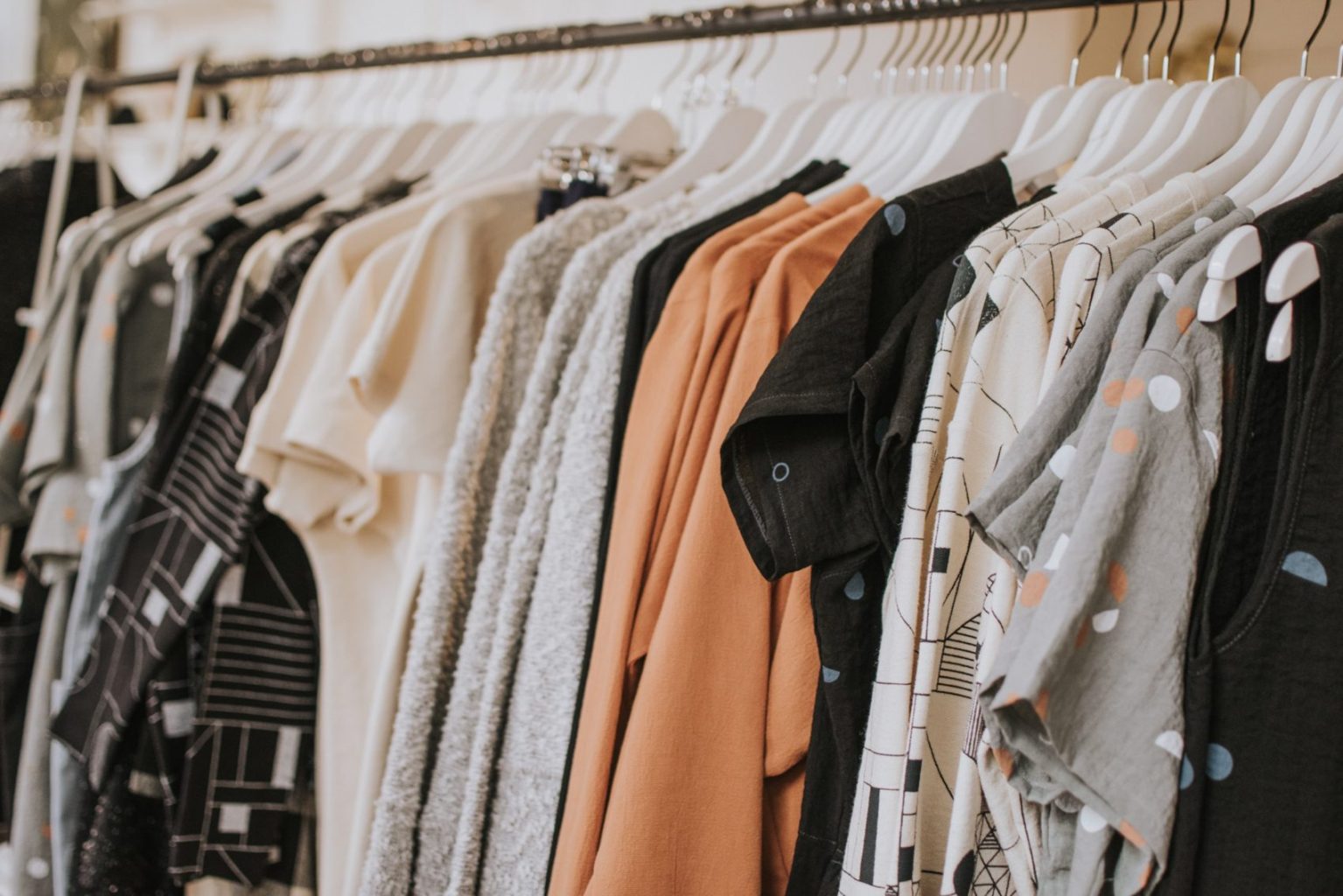A.I. has come a long way in supporting fashion, a trillion-dollar industry that is still on the rise. In this Tech Tuesday, I’ll discuss some of the big advances we’ve seen and developed for our clients especially where computer vision is concerned. Computer vision is how computers gain understanding of digital images. First, I’ll write a bit about why computer vision works so well with apparel, then I’ll discuss a couple of applications: incredibly accurate similarity search, color extraction and collaborative filtering without training.
Why Does Computer Vision Work so Well with Fashion?
People buy clothing. And clothing doesn’t come in packages (usually). You know when you buy cereal and it comes in a box that looks nothing like what you’ll actually eat? Well, that’s different than that sweater you’ve been thinking about as the weather turns colder.
You buy the sweater. The exact item in the picture. This is true with a lot of apparel and accessories, such as watches and jewelry.
To compare two different sweaters, we can use huge amounts of information extracted solely from the images. Imagine trying to compare frosted flakes to granola by looking at the box; good luck!
Think about what is typically done. You go to a site and (gasp!) type “henley sweater” into a search box. Do you want a “text description”? No, you want the sweater. The one in the picture. But what you generally get is a list of products that are supposed to “look” like the text you entered. That’s a major disconnect. With apparel, we simply don’t shop for text, we shop for that special look (no pun intended) that speaks to us.
Accurately Find Similar Images
We’ve developed methods to quickly search massive catalogs of apparel and find similar items based solely on attributes extracted from images; and it works shockingly well. And this makes sense. When looking for visually similar items, we search for what a customer wants, not how the customer describes what they want. What a difference!
Collaborative Filtering Without Training
We have a large pre-trained fashion model. And we can use this model with transfer learning to immediately work with new clients that have little or no interaction data. Collaborative filtering is what’s used when we talk about “people who like what you like, also liked…”. Again, computer vision plays an essential role to help us recommend products based on visual similarity.
Color Extraction
We developed Color IQ to take the biggest pains out of accurately assessing the color of garments while ignoring background colors and skin tones. Color IQ relies heavily on computer vision. Accurate color extraction is currently a very expensive and manual, time-consuming process. Color IQ is designed to help companies leverage color for every item in real-time, across big catalogs.
Read a bit more here: https://bennettdatascience.com/fashion-a-i/
Of Interest
Danger – Statistics and Theorems 😉
Here’s a very simple overview of the Central Limit Theorem. The Central Limit Theorem allows us to make assumptions about large groups of individuals when we don’t have exhaustive data. In fact, this theorem is behind a lot of what data scientists do, since we don’t generally have access to entire populations. Take a look at this very accessible article: https://medium.com/@ar3441/the-central-limit-theorem-9ede4ebfafa5
Why is There so Much Money in Las Vegas?
It’s simple really; it comes down to the Law of Large Numbers. This law says that if enough people play blackjack, the house will realize winnings equal to the known probability of blackjack. In general, the house has a 1-8% advantage, depending on how well someone plays (and avoids the free drinks!). But even with low odds for the house, eventually, the house always wins. This is important. We can all flip five heads in a row on an unbiased coin. But after millions of tosses, we’ll end up with 50/50 to a lot of decimal places. Always. https://en.wikipedia.org/wiki/Law_of_large_numbers
How AI in the Exam Room Could Reduce Physician Burnout
A surge of new healthcare products – ranging from wearable consumer health trackers to diagnostic algorithms promising to improve medical outcomes and costs with artificial intelligence (A.I.) – is prompting physicians and hospital executives to ask a fundamental question: “Are these technologies solving the right problems?” https://hbr.org/2019/11/how-ai-in-the-exam-room-could-reduce-physician-burnout
